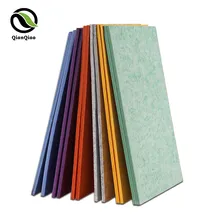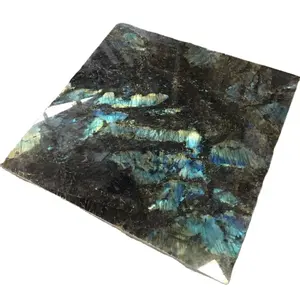Exploring Unpolished Granite Stone Varieties
Unpolished granite stone serves as a durable and natural choice for various construction and design projects. This raw, textured material is sought after for its strength and aesthetic versatility. Sourced globally, the array of unpolished granite offers an authentic touch to any space it graces.
Characteristics and Applications
Unpolished granite, known for its rugged surface, is a preferred material for areas where slip resistance is crucial, such as outdoor spaces or high-traffic flooring. Its natural state is not only visually appealing but also practical for various applications, from countertops to wall cladding.
Color Spectrum and Patterns
The spectrum of colors in unpolished granite spans from the classic whites to the deepest blacks. Moon white granite, with its characteristic speckling, offers a unique design, while the likes of river white granite present a multi-colored speckled pattern. Exotic hues, such as blue granite, cater to more daring design palettes, ensuring there is a match for every aesthetic requirement.
Edge Profiles and Customization
The edge finishing of granite slabs can significantly influence the final look of a project. Options range from straight and eased edges, suitable for a sleek, contemporary feel, to more ornate ogee and bullnose edges that lend a classic elegance to the stone's appearance.
Advantages of Unpolished Granite
Unpolished granite is not only visually striking but also inherently robust and long-lasting. Its natural resistance to wear and tear makes it an ideal candidate for both residential and commercial spaces. The stone's thermal stability and resistance to moisture add to its practical benefits.
Environmental Considerations
Choosing unpolished granite is also a step towards eco-friendly building practices. As a natural stone, it requires less processing, reducing its environmental footprint. Its longevity also means less frequent replacements, contributing to sustainable development in the construction industry.










































 浙公网安备 33010002000092号
浙公网安备 33010002000092号 浙B2-20120091-4
浙B2-20120091-4